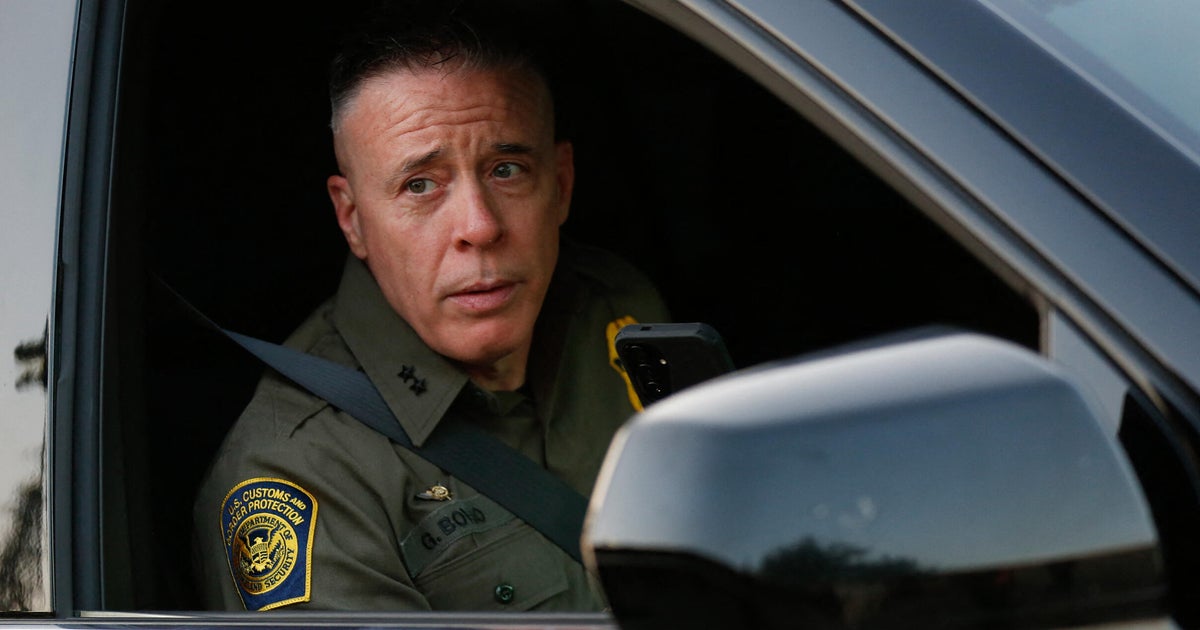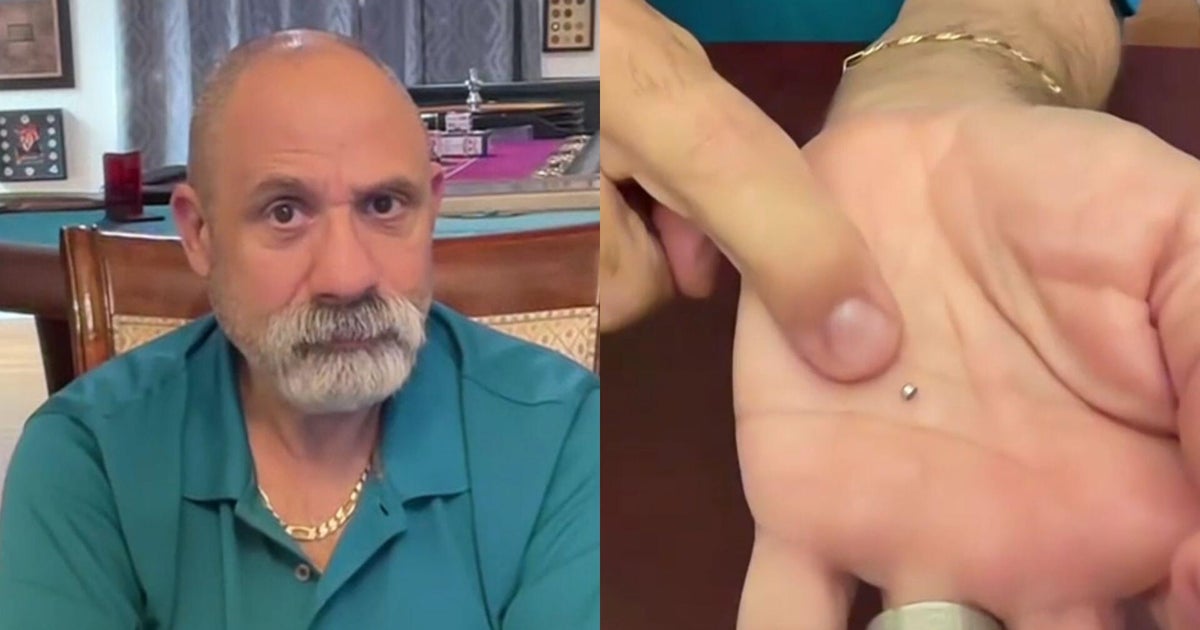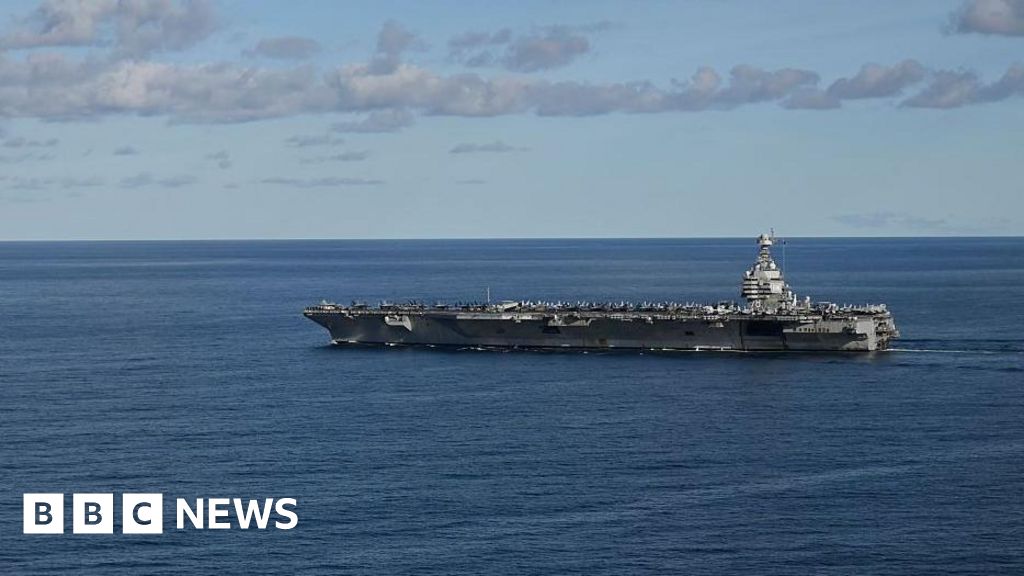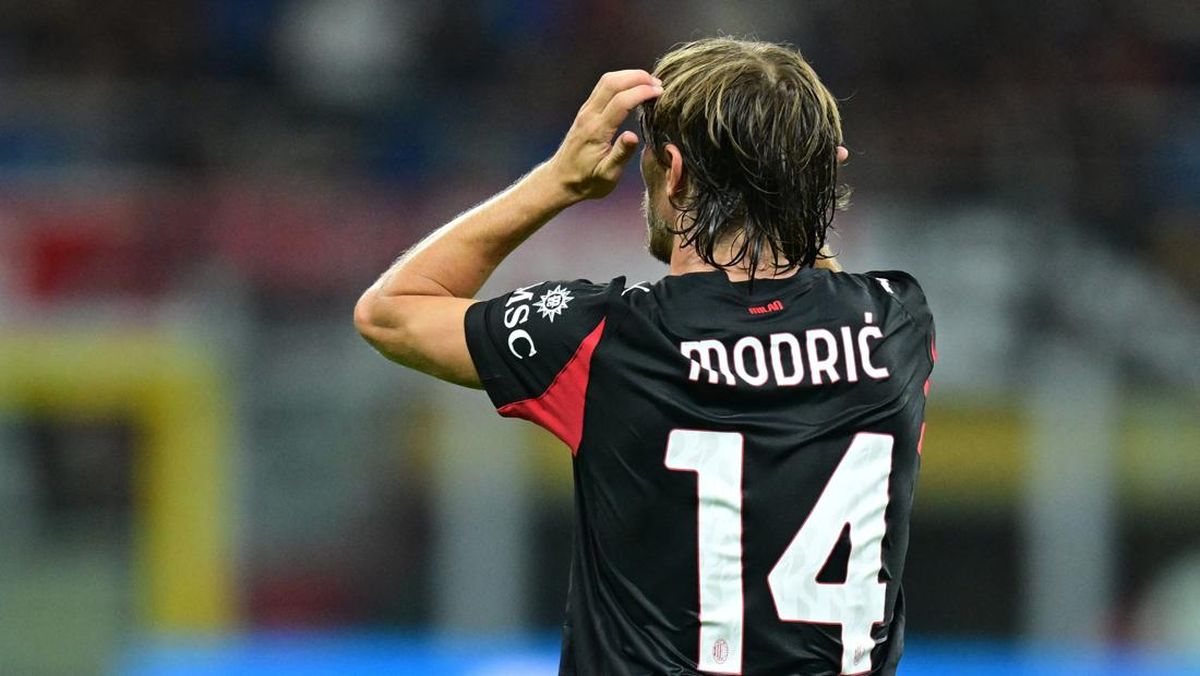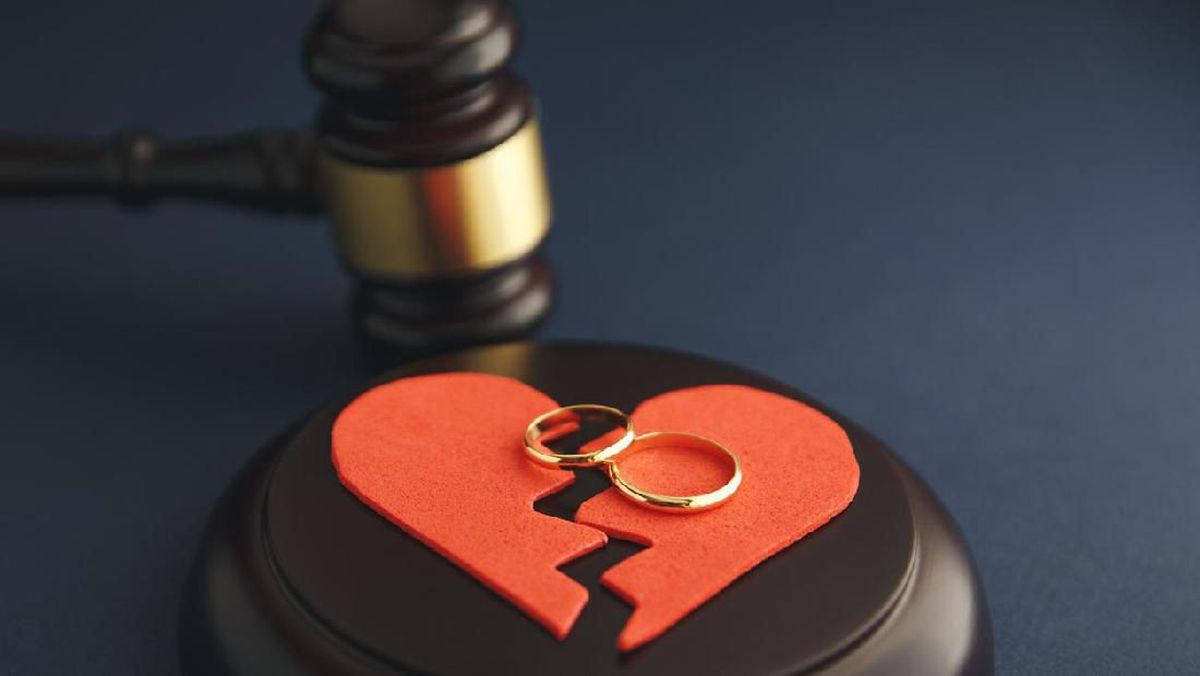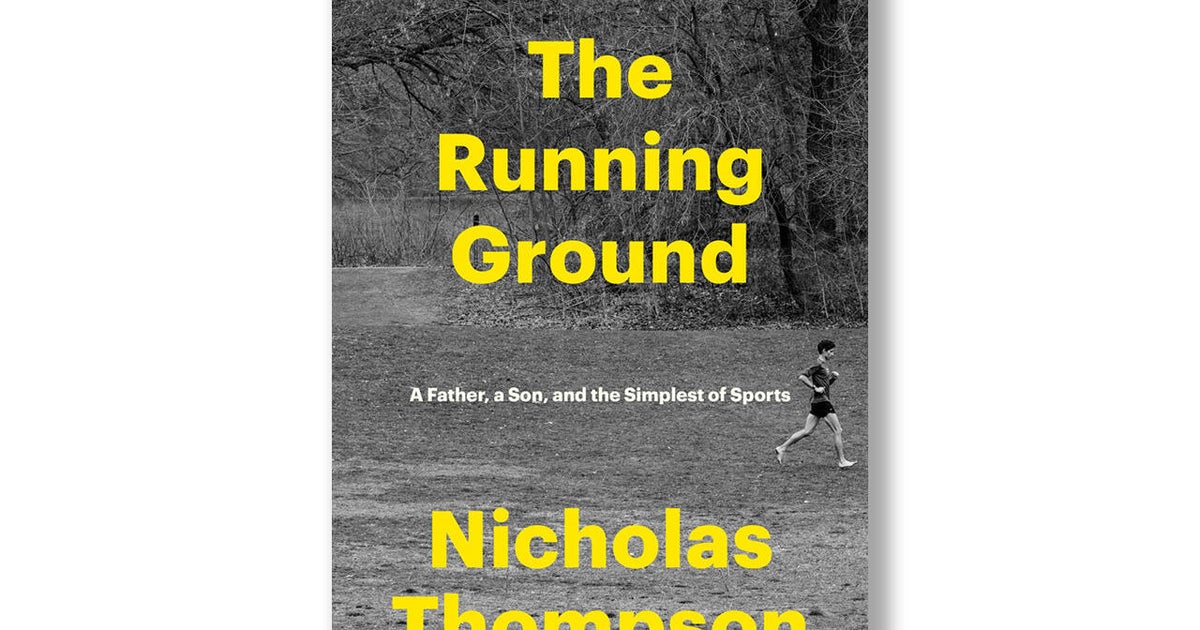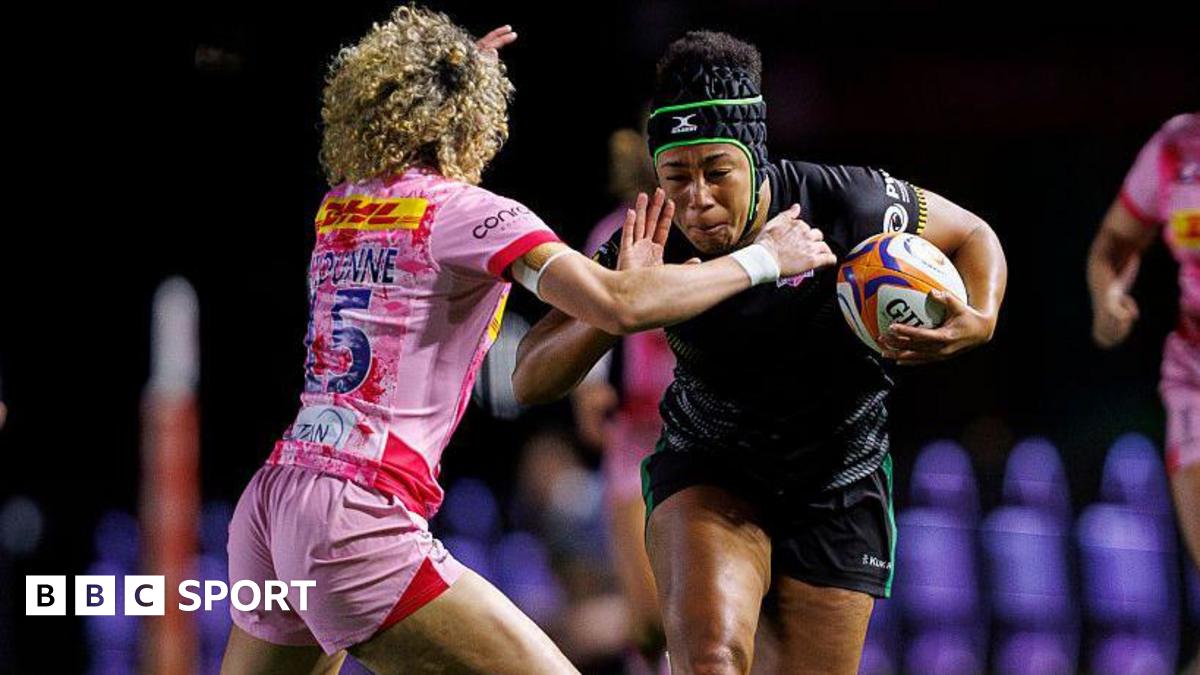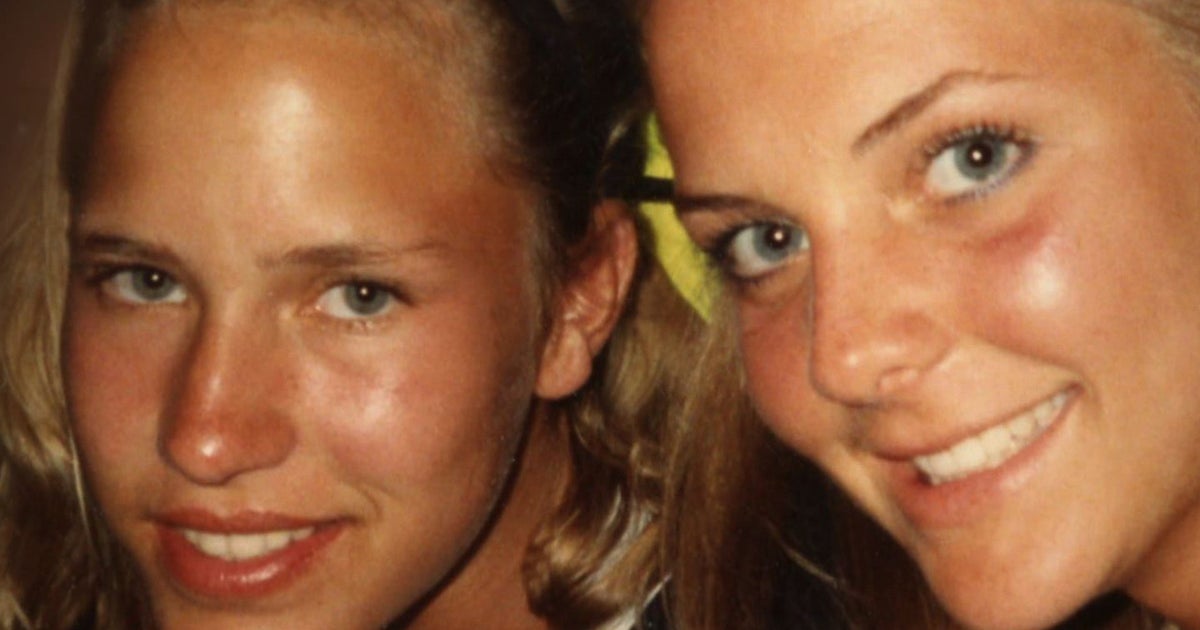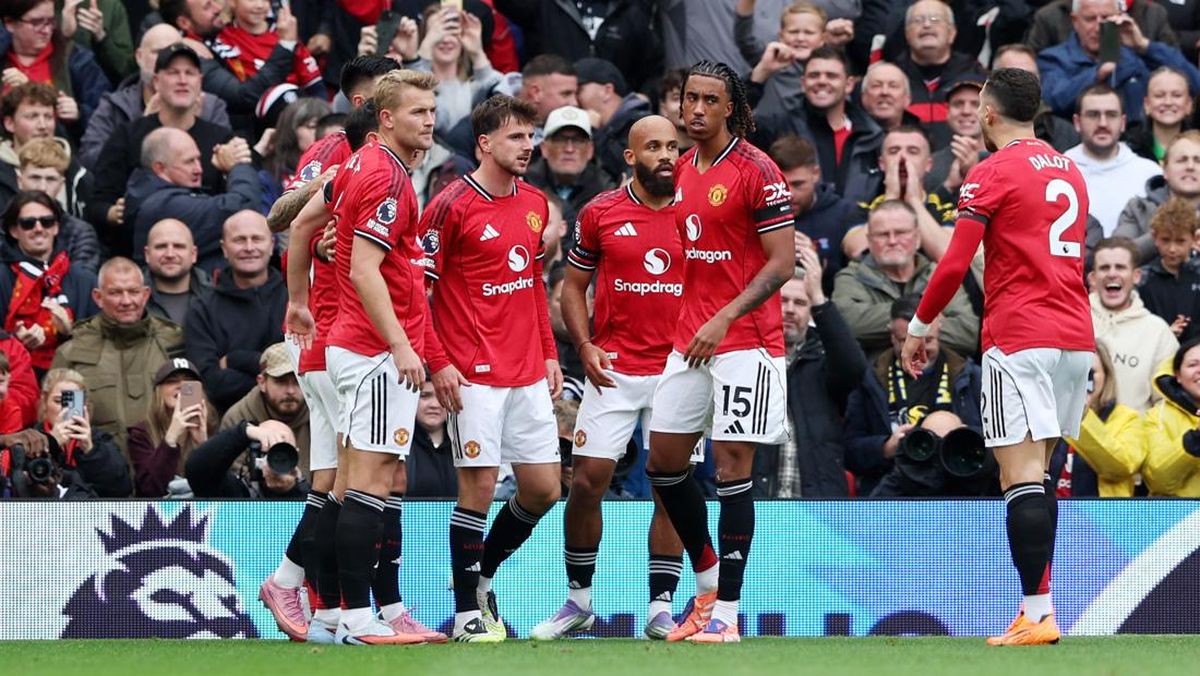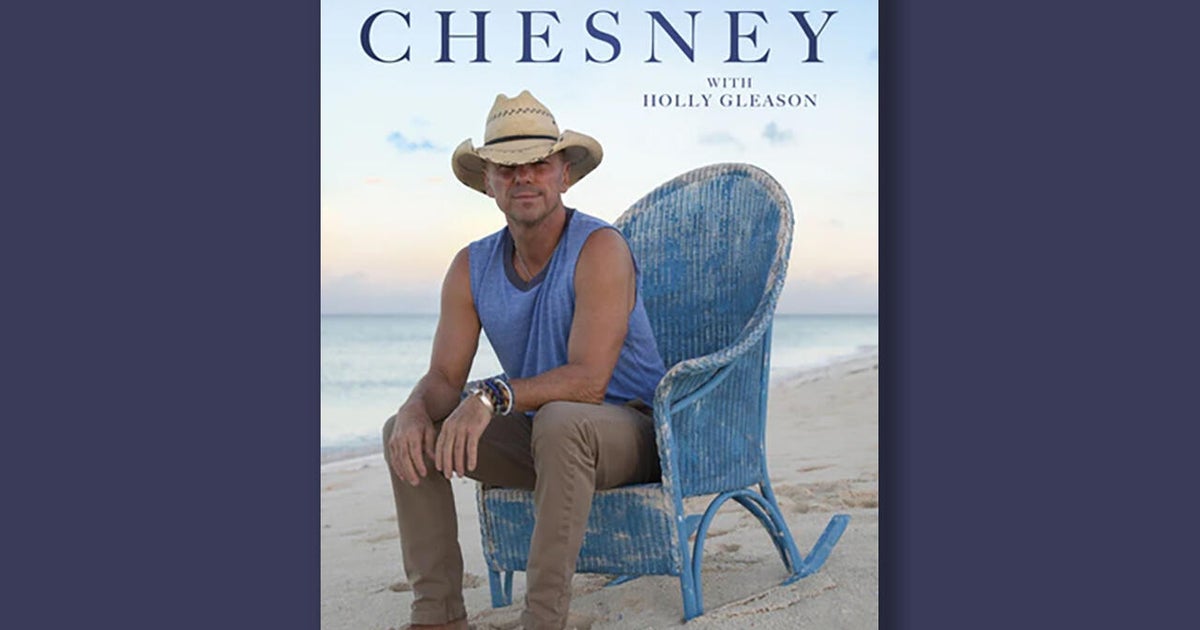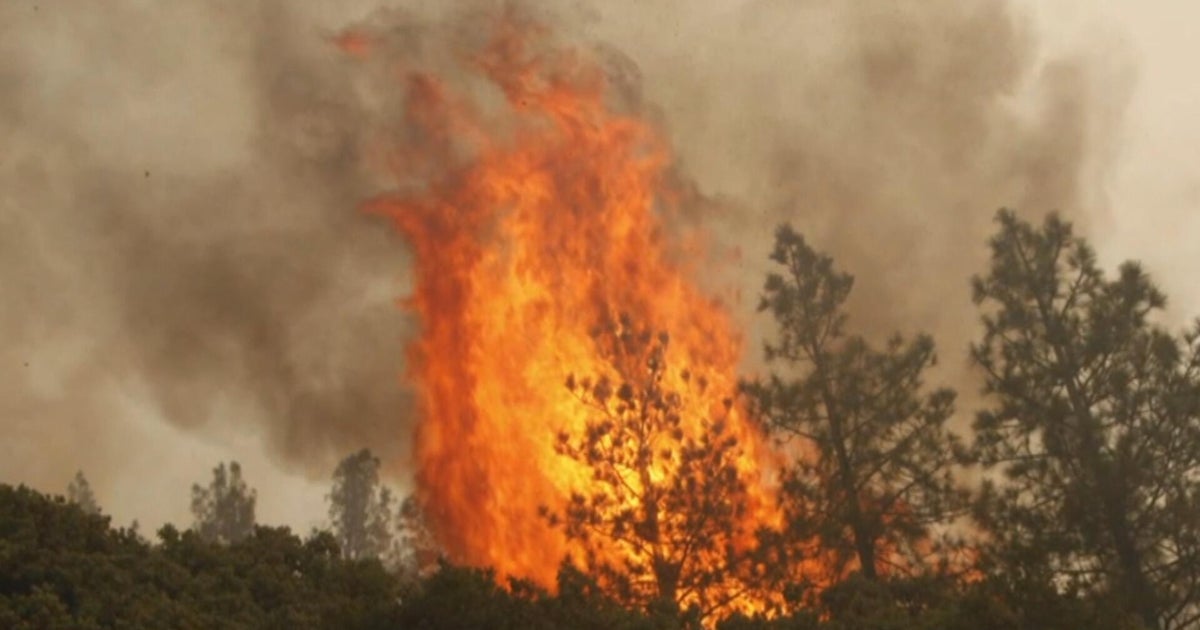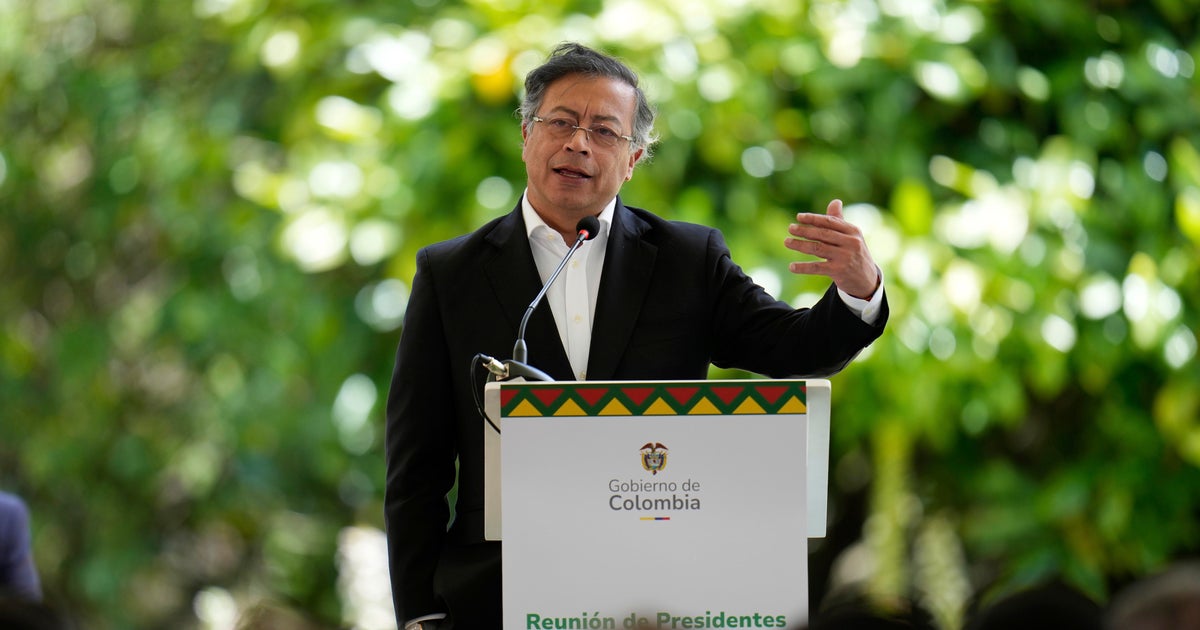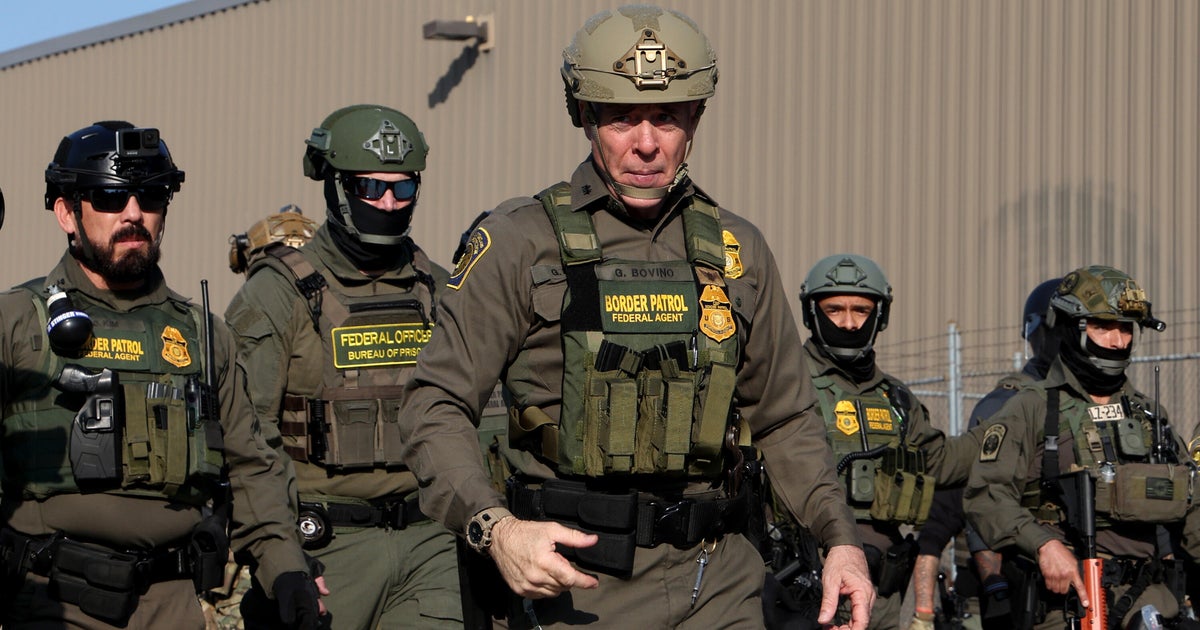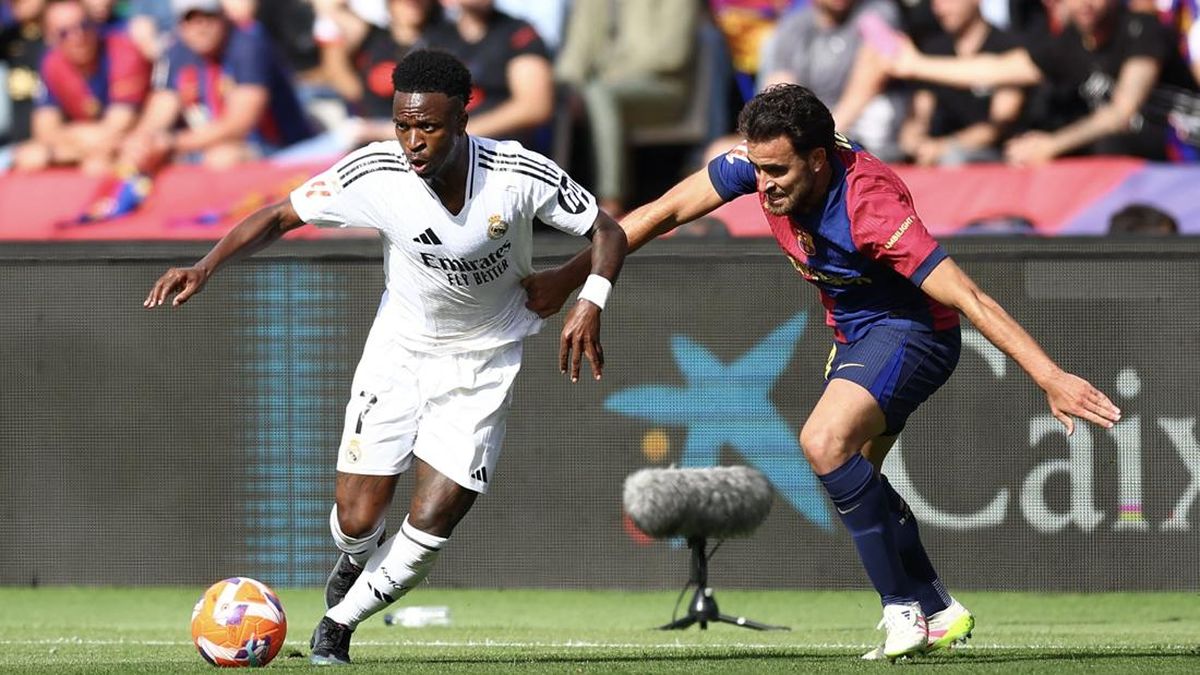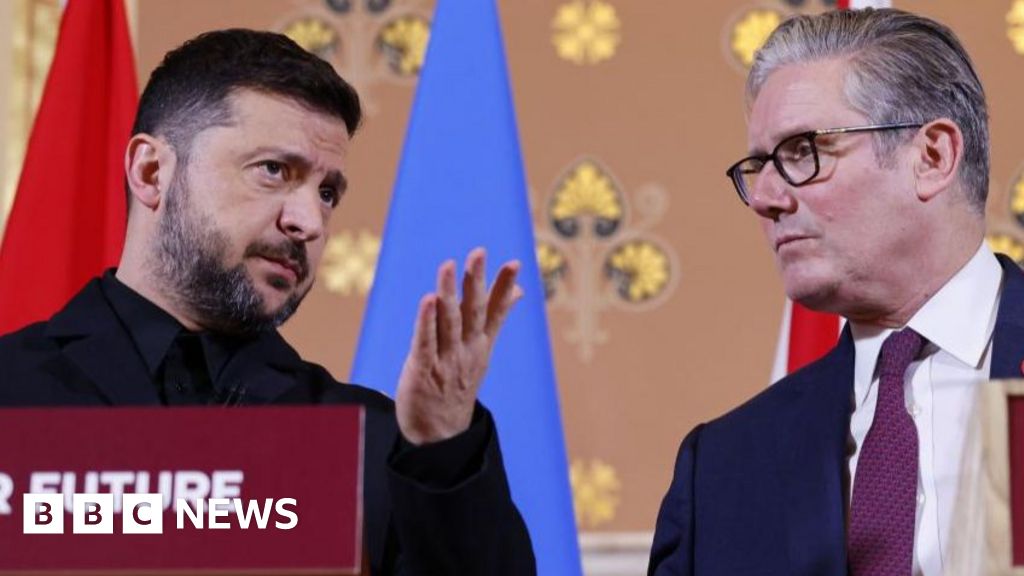History and television have long had a love-hate relationship. Historians might be a bit sniffy about television’s inevitable simplifications and insatiable demand for colour and movement, but for decades now, television has been the place where most of us have learnt about the past.
In 2025, as we grapple with global political turbulence, the aftermath of a pandemic, and a failed referendum, it’s unsurprising that we are again turning to large-scale television histories to reflect on our past, our identity, and our shared future.
SBS’s The Idea of Australia, presented by Rachel Griffiths, and Sky News’ Australia: A History, hosted by Tony Abbott, are simultaneously exploring Australian history for the contemporary moment. While the two series are very different, they have some surprising things in common. Together, they offer a fascinating snapshot of what historian Mark McKenna called Australia’s “history anxiety”: the long national conversation about how we feel (or should feel) about our national past.
When we talk about “history”, we’re usually talking about one of two things. We typically use the word “history” to mean an account of the past. But history is also an academic discipline, and a contestable process of research. Historians write histories after deep immersion in evidence, and in conversation with others in their field. Just as breakthrough scientific discoveries are based on incremental progression by dozens of researchers over time, so too, histories emerge through discoveries (based on new archives or new readings of existing ones) that accumulate and settle
into new accounts of the past.

Julianne Schultz is the author of The Idea of Australia.Credit: Tim Keith
It’s easier for history documentaries to tell stories from the past; far harder to convey the ways that historians produce new knowledge about the past. Why does this matter? Well, for one thing, taxpayers help to pay for the production of this new knowledge by expert scholars: they deserve to hear about it. But it’s also important because it reminds us that the meanings of our history are not settled. Events happened in the past, but the meanings we make of them – and the incidents we deem most important – will always be open to change.
The Idea of Australia is based on Julianne Schultz’s book of the same name. It is a restless, roaming account of some of the ideas that underpin our identity: the fair go, nation-building, and the significance of our land and culture (there are four episodes; the first three were available for review).
Tony Abbott’s Australia: A History coincides with the publication of the former prime minister’s own history of Australia. Abbott’s post-political turn to history is fuelled by his desire to persuade Australians to be “more appreciative of our history, more familiar with it”. His overarching theme is the strength of Australia’s democracy.
I mainlined both series over a long Sunday afternoon: six hours in total. That’s a lot of sheep, convicts and founding fathers. Both series spring from a similar concern about Australians’ understanding of their history; each draws links between our past and our present.
Australia: A History regards history as an inheritance; The Idea of Australia frames it as a contemporary resource. If you are hoping to understand the politics of Australian history in 2025, watching the two series together is a great place to start. The Idea of Australia starts with a meditation on the “fair go”, a term which originated on the sports field in the 1850s. The fair go is a national myth with deep roots and clear limitations: as filmmaker Rachel Perkins notes, the “fair go” didn’t apply to Indigenous people. The series moves frenetically at times, with too many talking heads, but the more meditative sections, such as a discussion of blackbirding in colonial Queensland, allow the viewer to reflect on the ways that the “fair go” has been unequally distributed across our history.

Tony Abbott and former senator Nova Peris in Australia: A History.Credit: Sky News
Abbott begins his story of Australia 60,000 years ago, exploring ancient rock art in Arnhem Land. The series recreates the Aboriginal map of Australia, illustrating the hundreds of different language groups that co-existed on this continent, setting up the encounter between the “ancient Aboriginal” world and the “modern British” one of 1788. Abbott and his interviewees argue that the colonisation of Australia was “inevitable”, that the colonial authorities were at pains to avoid violence and that all would be treated equally under the law.
Both series spend considerable time examining conflict between First Nations and British settlers. Historian Alex McDermott assures Abbott that this conflict was not a “war” because it was conducted by settlers, rather than declared by government. This is a clear rebuke to those campaigning to have such conflicts recognised in the Australian War Memorial. Abbott focuses on the Myall Creek massacre of 1838. He declares that it was “one of the worst incidents in Australian history” but says that the treatment of the perpetrators was a “triumph of justice over racist brutality”. Abbott acknowledges that the frontier was “no doubt brutal and dangerous and violence was rarely punished”, yet by focusing so closely on the rare case where justice was served, Abbott distorts the picture of frontier violence, which, as he reminds us, was still taking place in the 1920s.
That Abbott spends so much time discussing frontier conflict is the clearest indication that the ways we understand our national past have changed dramatically in a generation. In the early 2000s there was bitter public debate over the scale of violence on Australia’s colonial frontier. Keith Windschuttle went so far as to allege that this history was a “fabrication”. That debate fuelled a huge amount of scholarly research, most famously the Colonial Frontier Massacre map, led by the late historian Lyndall Ryan, but also new histories of the wars that Aboriginal people fought to defend their country, by Stephen Gapps and others.
The Idea of Australia recounts new research about the role of the transatlantic slave trade in fuelling violence on Australia’s pastoral frontier. Historian Zoe Laidlaw argues that in the 1830s, the British government paid compensation to former slave owners for the loss of their “property”, and much of that money was invested in Australian pastoralism. The drive for land created a “breathtakingly violent” pastoral frontier, Laidlaw argues. The consequences of this were not only loss of country, the series suggests, but loss of wealth. Frontier conflict, in this view, is not merely a blot on the balance sheet of our history, but it condemned most First Nations peoples to intergenerational poverty.
Each series rightly celebrates the continuity and strength of Australian democracy. Australia was not only a leader in expanding voting and political rights but, as historian Marilyn Lake argues in The Idea of Australia, these rights helped shape Australia as an internationally acclaimed “social laboratory”. The importance of our democracy, especially its longevity and innovativeness, have come into sharper relief over the last decade as democracy worldwide has grown more fragile. It has also renewed the interest of Australian historians in the history of our democracy.
Abbott’s triumphalist account of democracy in episode one unfurls like a foregone conclusion towards nationhood. He wants us to celebrate Australian democracy but doesn’t explain its key features, or the struggle that produced it. The expansion of manhood suffrage, women’s political rights, and the denial of full voting rights to First Nations peoples until 1962 are all absent, and only mentioned in passing in episode three. A peaceful Federation was achieved not by strategically fought campaigns but our “democratic spirit”. Framing the story this way encourages complacency: there’s no sense that we might need to be vigilant to maintain our democracy.
Yet Abbott’s account of the process of federation is more comprehensive than The Idea of Australia. Both series try to wring drama from a subject most school children find dull and which most adults seem to know little about, if Griffith’s vox pops with people in Sydney’s Centennial Park are anything to go by. Ever the ardent Anglophile, Abbott celebrates Federation with a piece to camera in the British House of Lords. Rachel Griffiths narrates it on Oxford Street, part of the route of the 1901 Federation parade, before moving onto the ways the Australian constitution has, at times, hindered political reform.

Rachel Griffiths hosts The Idea of Australia on SBS.
Notably, each series sees a role for history in contemporary Australia. The Idea of Australia regards history as a source of ideas to apply to current problems. Julianne Schultz, for example, reminds the viewer that the original penal settlements were based on the idea of rehabilitation: something she suggests we might revive to remedy Australia’s shockingly high rates of Indigenous incarceration.
In contrast, Abbott worries that Australians have become “amnesiacs”. He believes that young people are encouraged to feel “ashamed” of their history, and that this is why the study of history is declining. He is right to be concerned about the numbers, at least. Australian history is now part of the national curriculum, and it has been compulsory in NSW schools since 2000, thanks to politicians on both sides of the spectrum who took history seriously. Yet the numbers of students choosing to study history at senior school is flatlining. We have a shortage of history teachers, which means that many students are being taught by teachers without training in the discipline. The number of jobs for historians in universities has declined more than 30 per cent since 1989. And university enrolments in history have dropped by 25 per cent since 2016.
Why? Relentless public criticism of history teachers hasn’t helped. An increasingly instrumental view of education has eroded the rationale for studying history, even as the skills history teaches, like analytical thinking, remain in high demand. And there are now serious financial barriers to studying history at university, thanks to the Morrison government’s decision (maintained by Labor) to hike university student fees for history degrees (by 113 per cent) on the grounds that history doesn’t make you “job-ready”.
But what about that question of shame? Abbott interviews three young women about this in episode three, though he puts his thumb on the scales: two of them just happen to work for the Institute of Public Affairs, the libertarian think tank that sponsored the series. He asks them what they remember being taught in school about January 26, 1788. One complains that “people walked away feeling guilty” and that they weren’t taught about “the principles of the rule of law”. Just the thing to quicken the pulse of your average teenager.
But beyond Abbott’s three interviewees, research into the views of young people about history suggests a more optimistic picture. Education academics Rebecca Cairns and Kerri Anne Garrard recently published research investigating how school students perceive history and why it matters. They surveyed students who planned to study senior history and those who did not, and found that even those who didn’t study history due to discouragement believed it was relevant. Cairns and Garrard argued that Australian students were unique in their tendency to describe history as a subject that was relevant to their lives.
The students they studied understood history as a way to fix contemporary challenges. Cairns and Garrard argue these students approached history with an orientation of “critical hope”: an orientation that they suggest history can nourish. This is where I think Abbott’s version of the past might not meet his goal of boosting young people’s pride in Australia’s history.
Loading
Young people are interested in history that speaks to their lives and experiences, and which helps them orient themselves in an unstable world. They want to know why they can’t afford homes in a nation where home ownership is viewed as destiny. In a country where about 30 per cent of Australians were born beyond Australia, they want to know why race continues to be a national fault line. They need to know how and why our democracy developed so many unique and robust features. And in a world where mis- and disinformation will soon become ubiquitous, they will need to know how to evaluate different forms of evidence: a core history skill. Australia: A History and The Idea of Australia demonstrate that the contest over the meaning of our past continues, but also that the debate has changed since the bitter “History Wars” of the early 2000s. Best of all, these series turn this contest into public viewing: inviting us all to reflect on our history and why it still matters in 2025.
The final two episodes of The Idea of Australia air on October 29 and November 5 at 7.30pm on SBS and on SBS On Demand.

